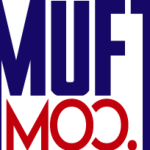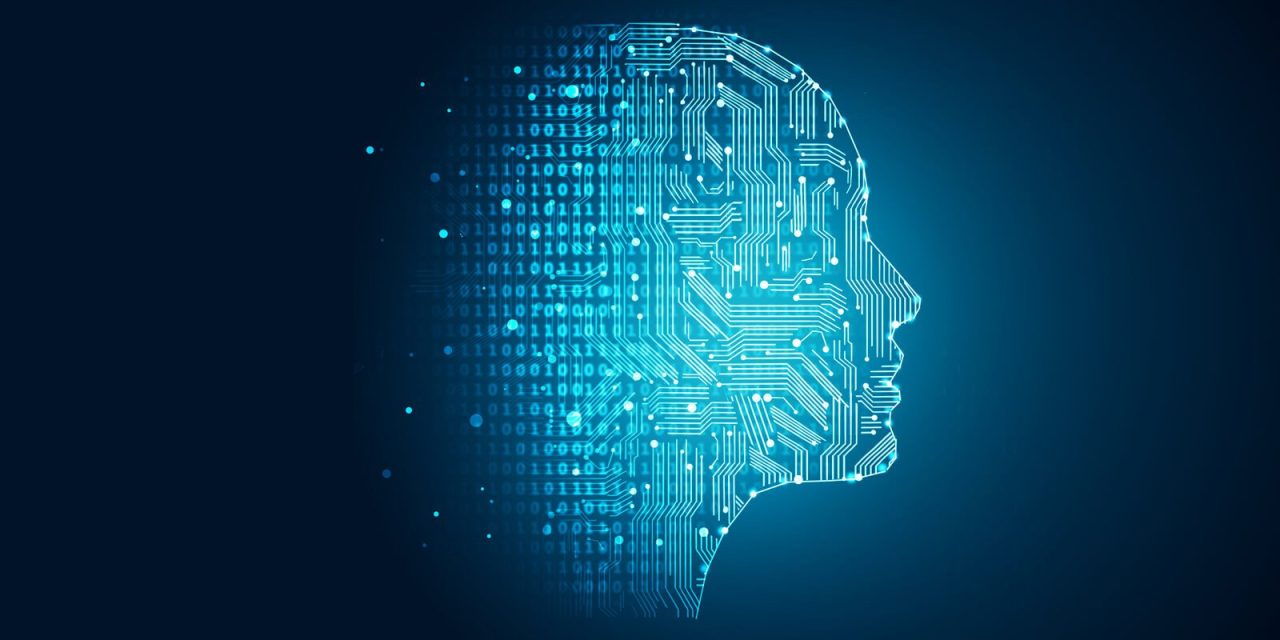Text-to-image synthesis, the process of generating realistic images from textual descriptions, has been a challenging problem in the field of computer vision for a long time. However, with the recent advancements in deep learning techniques, this problem is becoming more tractable. In this blog post, we will explore the use of artificial intelligence in text-to-image synthesis and its potential applications.
Introduction:
Text-to-image synthesis is the process of generating an image from a textual description. The goal is to create an image that is faithful to the text and appears realistic. This task is challenging because it requires the model to understand the semantics of the text and generate a coherent and plausible image.
Artificial Intelligence and Text-to-Image Synthesis:
The recent success of deep learning techniques, especially generative models such as Generative Adversarial Networks (GANs), has made text-to-image synthesis more accessible. GANs are a class of neural networks that learn to generate data by training two models simultaneously: a generator and a discriminator. The generator generates samples, and the discriminator evaluates the samples’ authenticity. During training, the generator tries to create samples that can fool the discriminator into thinking that they are real. The discriminator, in turn, tries to distinguish between real and fake samples.
Text-to-image synthesis using GANs works by feeding a textual description into the generator, which then generates an image that matches the description. The discriminator then evaluates the image’s authenticity, and the generator is trained to improve the image until the discriminator is no longer able to distinguish between the generated image and a real one.
Applications:
Text-to-image synthesis has several potential applications, such as:
- Virtual Reality: Text-to-image synthesis can be used to generate realistic environments in virtual reality applications. For example, a virtual tour of a museum or an art gallery could be created by generating images of the exhibits based on textual descriptions.
- Fashion: Text-to-image synthesis can be used in the fashion industry to generate images of clothing based on textual descriptions. This could be used to create virtual try-on applications, where customers can see what clothing would look like on them before making a purchase.
- Interior Design: Text-to-image synthesis can be used in the interior design industry to generate images of rooms based on textual descriptions. This could be used to create virtual home design applications, where customers can see what a room would look like with different furniture and decor.
Conclusion:
Text-to-image synthesis is a challenging problem in computer vision, but with the recent advancements in deep learning techniques, it is becoming more feasible. Artificial intelligence, specifically GANs, can be used to generate realistic images from textual descriptions. Text-to-image synthesis has several potential applications, including virtual reality, fashion, and interior design. As the technology continues to improve, we can expect to see even more exciting applications in the future.

